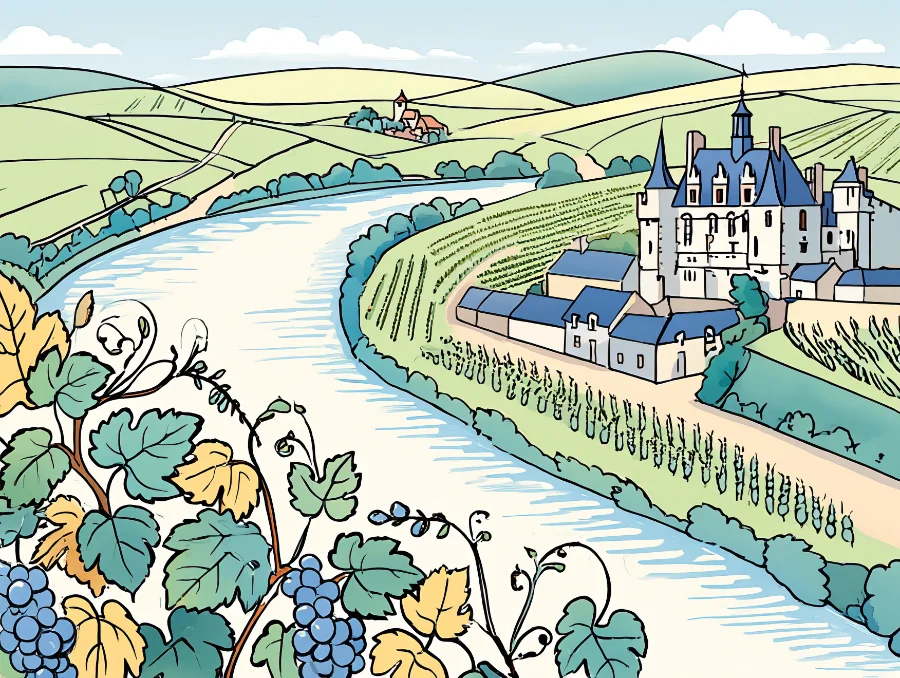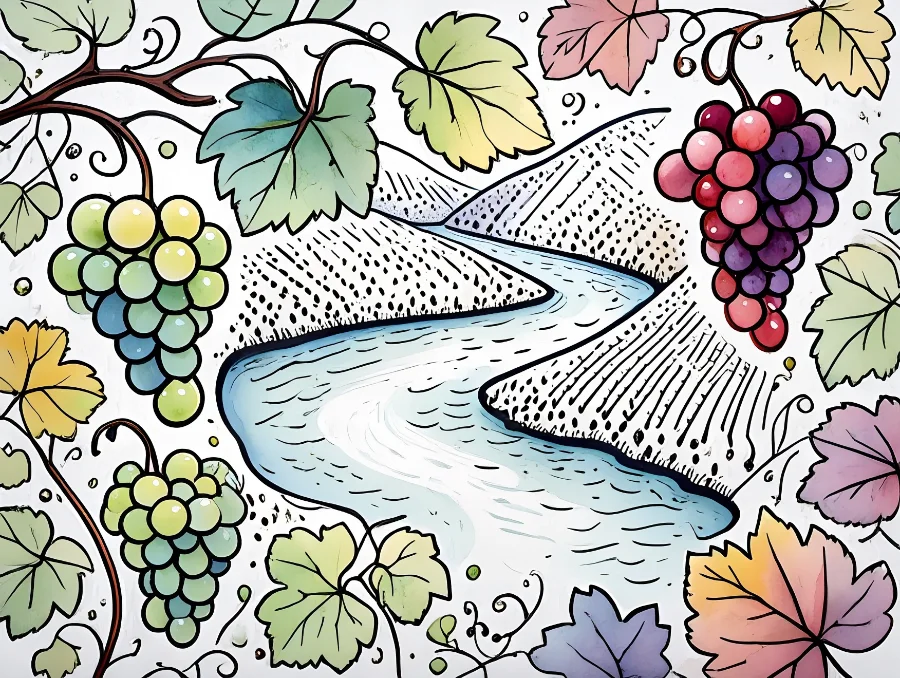When a wine manages to whisper the word “minerality” rather than shout it, chances are there’s serious terroir behind it—and a bit of old-school savoir-faire. Enter Clos de Roche Noire, a bottle as carefully sculpted as a Rodin torso but drawn from schist soils rather than marble. Some claim the truth is at the bottom of a glass. Here, it’s beneath your feet.
The story begins in 1880, when France was still recovering from the debacles of the Franco-Prussian War and when Victor Lebreton, perhaps with more optimism than land, settled in Juigné with a mere hectare and a half. Five generations later, his descendants are still coaxing out the sublime from this rugged corner of the Loire, each vine almost a family heirloom. From an initial plot, a domain emerged—rooted in schist, tempered by time, and seasoned with patience.
A word of caution to the wine-trotter: it’s fashionable these days to call anything vaguely mineral “Chablis-like” and any Chenin from the Loire a “surprise.” But the Clos de Roche Noire doesn’t surprise. It confirms. With its precision, its length, its near-architectural structure—it reminds us that some corners of Anjou don’t need reinvention; just keen stewardship.
The vines used for this cuvée stretch across the Massif Ardoisier d’Angers-Trélazé, planted on some of the region’s more dramatic assemblages of argilo-schists and blue schist outcrops. Here, the grape variety—100% Chenin, carefully hand-harvested across two to three selective pickings—makes its case for being one of France’s most articulate whites.

Partner offer

Sip the Loire’s Finest.
🇺🇸 USA shipping only
From the first swirl, the nose offers a curated complexity: white pear, fresh quince, and a memory of apple butter on toast. There’s a hint of vanilla—never ostentatious—courtesy of a generous yet respectful élevage in barrel. On the palate, richness meets definition. The mouth reveals roundness, marked by notes of mirabelle plum, a salty tension, and a finale that’s whisperingly long, held upright by a superb acidity. The schist gives structure; the vintage, soul.
Technical note for those who cherish vinification details as much as the wine itself: post hand-harvest, the grapes undergo gentle pressing followed by static settling—no added enzymes, just gravity and clarity. After alcoholic fermentation, a soft, often complete malolactic fermentation follows, taming edges and lending the wine its enveloping style. The élevage—yes, those beloved barrels again—adds gravitas without artifice.
The Coteaux de l’Aubance, often overshadowed by louder appellations, proves here it deserves more than a footnote. The parcellar approach taken by the estate, adapting winemaking to the subtleties of each parcel’s unique schist substratum, allows a multitude of expressions in bottle—like variations on a sonata, all in key.
Now for the kitchen. Pairing suggestions? The wine handles contrast beautifully—imagine a veal blanquette with a sprig of tarragon, or fish with citrus-glazed sauce and shaved fennel. For purists: grilled hake, lightly buttered green asparagus, or even a homemade fish & chips (yes, really)—the acidity cuts through, the minerality sings.
And for those who read a wine like they would a poem, this one offers complexity worth pondering: aromatic hints of oyster shell, toasted cereal, soft fennel, brushed florality, even whispers of hazelnut. A profile that could almost pass—dare we say it—for something Burgundian on a blind tasting.
Take, for example, the 2020 vintage, vinified under HVE 3 certification. A season marked by early maturity and long hang time, this resulted in golden-yellow grapes harvested at pinpoint ripeness. The result? A balance of ripeness and bracing acidity with a frame sturdy enough to age ten years, but generous enough to charm today. Gras, tendu, minéral—the kind of trio Marcel Proust would have appreciated if he’d preferred wine to madeleines.
For those planning a Loire detour, Juigné-sur-Loire makes for a stop that’s both contemplative and gustative. One can almost picture the elder Lebreton urging his vines during a grey Anjou morning: “Grow deep, speak true.” We’ll raise our glass to that.
Ready to explore a vin that speaks softly but carries a large terroir? Let the Clos de Roche Noire whisper its layered truth into your next dinner conversation. Discover other vintages or plan your visit—quietly recommended at bottom of the page.
Discover the winery

Domaine de Montgilet
Domaine de Montgilet deploys its 60 hectares of vines in the heart of the Anjou-Saumur wine region. The winery offers a wide range of wines…






